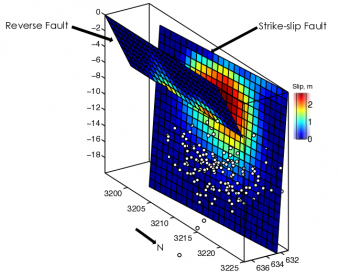In a recent post on this forum, Angela Landgraf shared a digest of the long and winding road having led to the publication of Seismicity, Fault Rupture and Earthquake Hazards in Slowly Deforming Regions. Reading this post in the midst of wrapping up the edition of our Minoan Earthquakes volume, I could only sympathize with her concerns and hopes for the future of edited books at a time when impact factors and other author-level metrics all too often dictate academic choices.
Four years and a half (!) after the Out of Rubble Leuven workshop (29-30 November 2012), we are proud to announce the publication of Minoan Earthquakes: Breaking the Myth through Interdisciplinarity at Leuven University Press. Reasons for such delay are manifold but chief among them is our editorial choice of producing a coherent volume that might be used as an up-to-date toolbox for readers interested in the broader field of archaeoseismology – not just Minoan archaeoseismology – and its (necessary) relationship to other, better established, disciplines. This choice is reflected by the structure of the book and breadth of topics covered by its authors, ranging from seismology, paleoseismology, geophysics, architecture, engineering and, of course, Minoan archaeology. Although we will ultimately leave readers to judge how successful we were in this endeavor, we are encouraged by Iain Stewart’s appreciation of the volume: more

